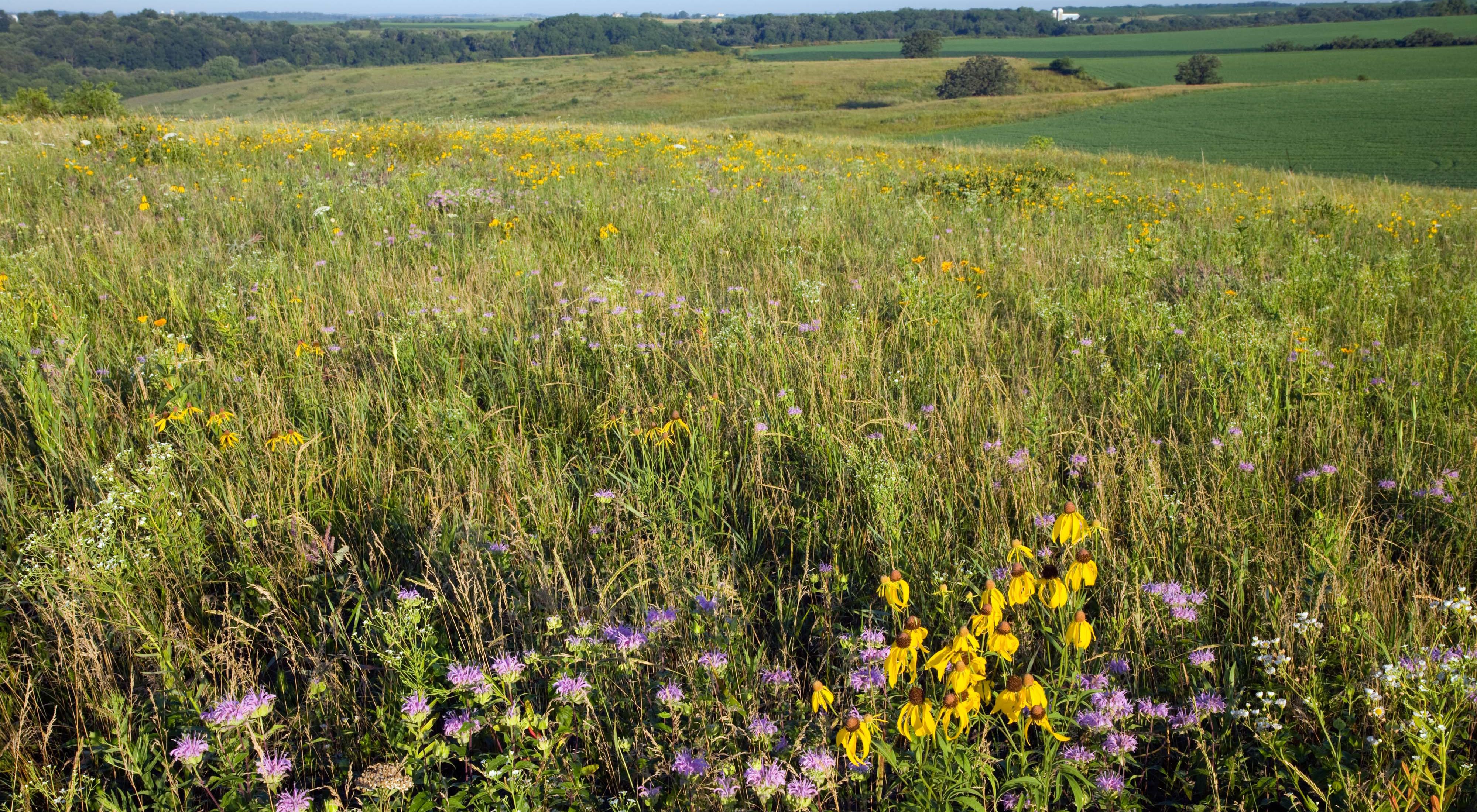Forest & Wildlife Habitat Management Plans
Management plans are used to identify short and long-term management objectives for a property, and to establish recommended strategies as well as outline various planned conservation practices. Forest and/or wildlife habitat management plans can be used to organize and schedule various conservation practices to meet a variety of desired management objectives including high-quality timber production, improve wildlife habitat, create pollinator habitat, etc.
Application of Management Plans
Management plans guide landowners on methods to improve property and are often submitted to receive government funding for implementing various conservation practices. In Indiana, many private landowners qualify to receive technical and financial assistance in return for implementing approved practices to benefit the environment.
Types of information which may be included in a forest or wildlife habitat management plan is:
- Identification of conservation objectives
- Various maps of the property
- A timber stand inventory analysis
- Location of water resources
- Information on native plantings; what and where to plant
- Important and unique features about the property (such as geological features)
- Current density of invasive plants and recommendations on how to treat them
- Habitat information of target wildlife species
- Equipment/tools/chemicals needed to complete management prescriptions
- Timeline/schedule of conservations practices
- Estimates of potential funding available per practice per year
Contact us to learn more about financial assistance opportunities or to schedule a consultation to discuss your management objectives.
More information:
Wildlife Habitat Management Plans for Landowners
Developing a Wildlife Management Plan


